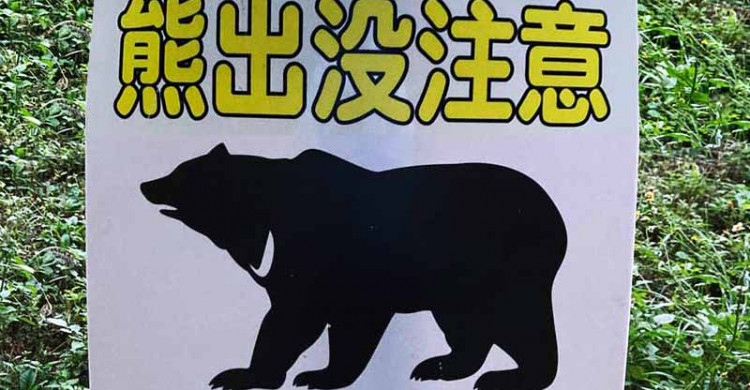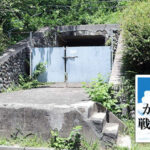As bear attacks continue in the Tohoku region and Hokkaido, the Ken-O Yamakami Council, consisting of five cities and towns including Atsugi City around the Tanzawa Mountains, conducted its first tabletop “Simulation of Asian Black Bear Appearances” in collaboration with the Kanagawa Wildlife Damage Control Support Center, the Ken-O Regional Government Center, and the Shonan Regional Government Center. They confirmed responses for each level of bear appearance.
In Iwate Prefecture, an 81-year-old woman was attacked and killed by an Asian black bear at her home on July 4th, and in Fukushima Town, Hokkaido, a man in his 50s delivering newspapers was attacked and killed by a brown bear on the 12th of the same month, among other continuing bear-related human casualties.
However, according to the Prefectural Natural Environment Conservation Division…
Tohoku region
The Tohoku region, located in the northeastern part of Japan’s main island, Honshu, is a mountainous area known for its rugged coastlines, hot springs, and deep-rooted traditional festivals. Historically, it was the homeland of the indigenous Emishi people and was the last territory to be brought under the control of the imperial court in Kyoto, remaining a relatively remote frontier for much of Japan’s history. Today, it is celebrated for its pristine natural beauty, historic temples, and as a major producer of rice, sake, and seafood.
Hokkaido
Hokkaido is Japan’s northernmost and second-largest island, historically inhabited by the indigenous Ainu people before significant Japanese settlement began in the late 19th century during the Meiji period. It is renowned for its vast, unspoiled natural landscapes, including national parks, volcanic mountains, and famous ski resorts. The island has a distinct culture and climate compared to the rest of Japan, celebrated for its dairy farms, fresh seafood, and the vibrant Sapporo Snow Festival.
Atsugi City
Atsugi is a city in Japan’s Kanagawa Prefecture that developed significantly after World War II when it hosted a large U.S. military base, Camp Zama. Historically an agricultural town, it rapidly industrialized and is now a major commercial and industrial center within the greater Tokyo metropolitan area.
Tanzawa Mountains
The Tanzawa Mountains are a scenic mountain range located in Kanagawa Prefecture, Japan, forming part of the expansive Tanzawa-Ōyama Quasi-National Park. Historically, the mountains were a site for forestry and charcoal production, but they are now a popular destination for hiking and outdoor recreation, offering a natural escape near the Tokyo metropolitan area.
Kanagawa Wildlife Damage Control Support Center
The Kanagawa Wildlife Damage Control Support Center is a government-operated facility established to manage and mitigate human-wildlife conflicts in Kanagawa Prefecture. It was created in response to increasing issues such as crop damage and urban encounters with animals like wild boars and monkeys. The center provides technical support, advice, and resources to local municipalities and residents to implement effective and humane wildlife control measures.
Ken-O Regional Government Center
The Ken-O Regional Government Center is a modern administrative complex serving the Kanagawa Prefecture in Japan, established to consolidate various regional governmental offices. It was developed as part of the broader Ken-O (Central Circular) Route project to improve infrastructure and decentralize services from Tokyo, with its main facilities becoming operational in the early 21st century.
Shonan Regional Government Center
The Shonan Regional Government Center is a modern administrative complex in Fujisawa, Kanagawa Prefecture, which opened in 1990. It was established to decentralize government functions from Tokyo and serves as a major hub for several prefectural departments. The center is a landmark of regional governance and a symbol of the area’s development.
Iwate Prefecture
Nestle in the Tōhoku region of northern Honshu, Iwate Prefecture is a land of rugged coastlines, mountains, and deep historical significance. It was once the heartland of the powerful Fujiwara clan during the 11th and 12th centuries, whose legacy is preserved at the UNESCO World Heritage Site of Hiraizumi. The prefecture is also known for its unique folklore, including the tales of the kappa water spirits.






